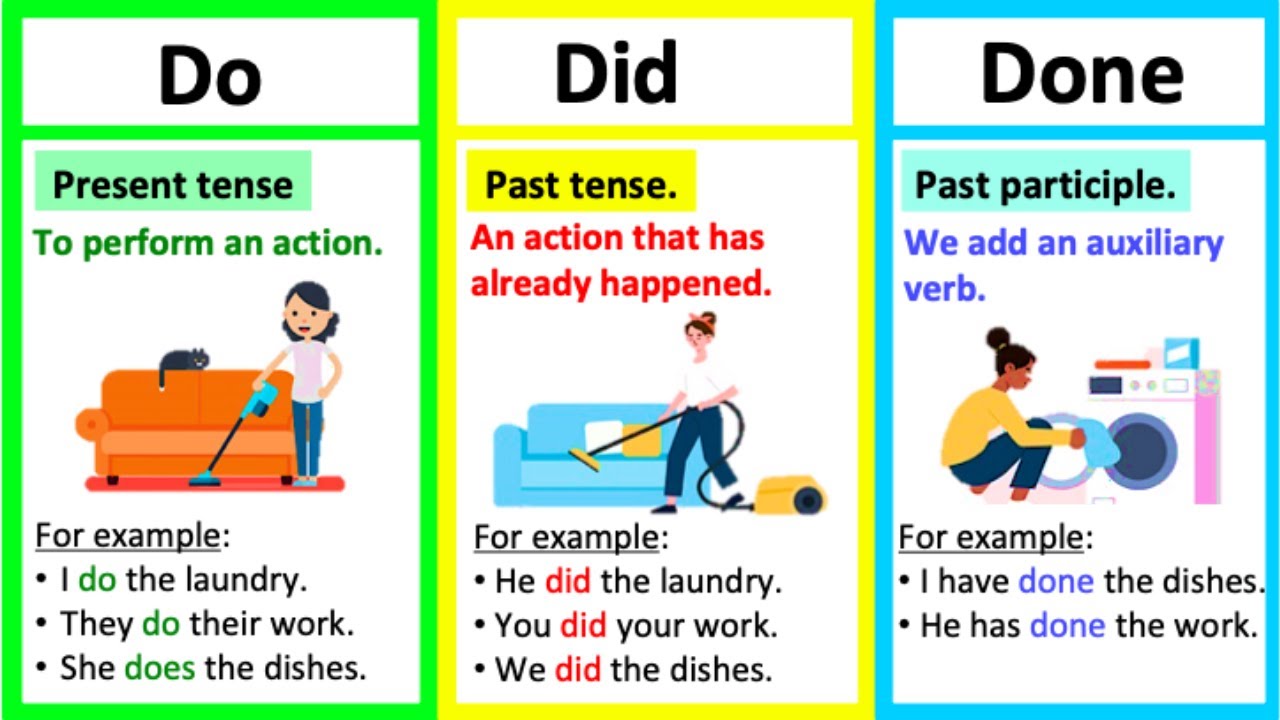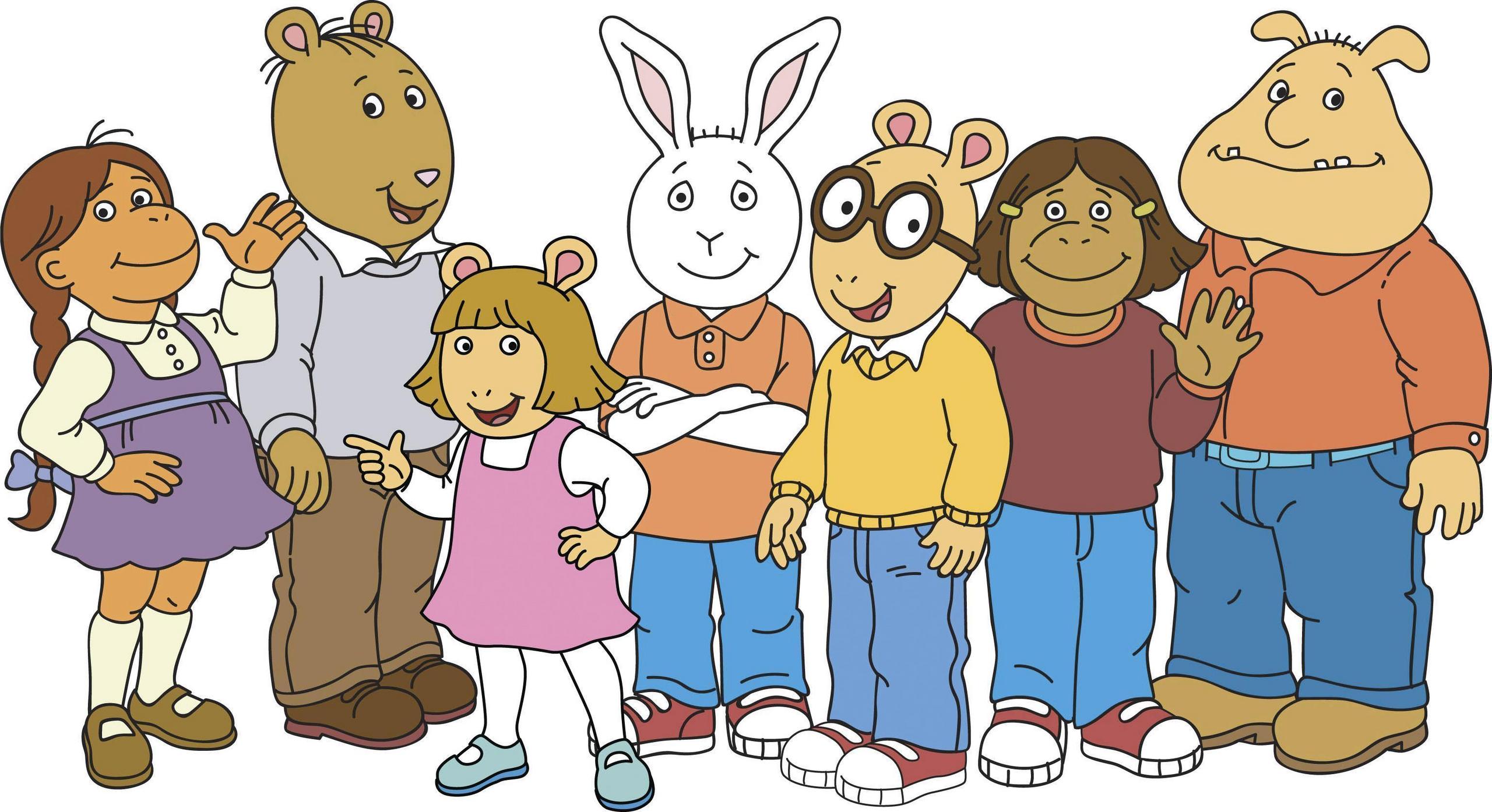Visual Arts Class Activities: Complete Guide to Creative Learning and Skill Development
Understand visual arts education
Visual arts classes offer students comprehensive exposure to creative expression through various mediums and techniques. These educational environments foster artistic development while build critical thinking skills and cultural awareness. Students engage with traditional and contemporary art forms, develop both technical proficiency and personal artistic voice.
The curriculum typically encompasses drawing, painting, sculpture, printmaking, digital arts, and art history. Each component contribute tan a intimately round artistic education that prepare students for creative careers or enrich their personal lives through artistic appreciation and practice.
Drawing fundamentals and techniques
Draw serve as the foundation for most visual arts education. Students begin with basic exercises focus online quality, proportion, and observation skills. Contour drawing help develop hand eye coordination while teach careful observation of subjects. Gesture drawing captures movement and energy in quick sketches, build confidence and spontaneity.
Shade techniques introduce students to value relationships and three-dimensional form representation. Cross-hatching, stippling, and blend methods create depth and volume in drawings. Students practice with various drawing tools include graphite pencils, charcoal, colored pencils, and digital styluses.
Stillness life compositions provide control environments for practice fundamental skills. Students arrange objects with consideration for lighting, composition, and visual interest. These exercises develop patience, attention to detail, and understanding of how light affect form and shadow.

Source: thesaurus.com
Paint exploration and methods
Paint instruction typically begin with color theory fundamentals. Students learn about primary, secondary, and tertiary colors, understand how colors interact and influence each other. Color temperature, saturation, and value relationships become essential tools for create mood and depth in paintings.
Watercolor techniques emphasize transparency and fluid application. Students practice wet on wet and wet on dry methods, learn to control paint flow and achieve various effects. Watercolor’s unpredictable nature teach adaptability and spontaneous decision-making.
Acrylic and oil painting introduce opaque mediums with different working properties. Students explore brushwork techniques, color mixing, and layering methods. Impasto application create texture and dimension, while glaze techniques achieve luminous color effects.
Paint projects oftentimes include landscape studies, portrait work, and abstract compositions. Each genre present unique challenges and learn opportunities, from capture natural light effects to understand facial proportions and emotional expression.
Sculpture and three-dimensional art
Sculpture activities introduce students to three-dimensional thinking and spatial relationships. Clay work develop tactile sensitivity and understanding of form, volume, and mass. Hand building techniques like pinch pots, coil construction, and slab building provide foundation skills for ceramic arts.
Additive sculpture processes involve build up materials to create forms. Students work with clay, plaster, paper mcache and find objects. These projects emphasize planning, structural integrity, and creative pproblem-solving
Subtractive sculpture involve remove material to reveal forms within. Soap carving, foam cutting, and simple wood carving introduce students to reductive processes. These activities require careful planning and irreversible decision-making.
Installation and assemblage projects encourage experimental approaches to three-dimensional art. Students combine various materials and object to create meaningful compositions that oftentimes address social, environmental, or personal themes.
Printmaking processes and techniques
Printmaking introduce students to reproducible art forms with rich historical traditions. Relief printing use linoleum blocks teach carve techniques and planning for reversed images. Students learn to use cutting tools safely while develop designs that work efficaciously in the relief format.
Monoprinting offer immediate gratification and experimental possibilities. Students apply paint or ink to surfaces and transfer images through pressure, create unique prints with painterly qualities. This process encourage spontaneity and happy accidents.
Screen printing introduce students to commercial printing processes while maintain artistic applications. Stencil creation, squeegee techniques, and multicolor registration provide technical skills applicable to graphic design and fine art.
Etch and other intaglio processes, when available, expose students to traditional printmaking methods. These techniques require precision and patience while produce distinctive linear qualities impossible to achieve through other mediums.
Digital arts and technology integration
Digital art instruction reflect contemporary artistic practices and career opportunities. Students learn software applications for image manipulation, digital painting, and graphic design. Adobe creative suite programs like photoshop, illustrator, and InDesign provide industry standard tools.
Digital photography projects teach composition, lighting, and post-processing techniques. Students explore documentary, portrait, and artistic photography while learn technical camera operations and digital workflow management.

Source: laughingsquid.com
Animation and video art introduce time base media concepts. Stop-motion animation use traditional materials bridges physical and digital art making. Students learn storyboard, timing, and basic editing techniques.
3d modeling and printing technology, when available, extend sculpture concepts into digital realms. Students design objects use computer software and see them materialize through additive manufacturing processes.
Art history and cultural context
Art history components provide cultural context for studio activities. Students examine artworks from various periods and cultures, understand how historical events, social conditions, and technological developments influence artistic expression.
Comparative analysis exercises develop critical thinking skills. Students identify stylistic characteristics, compare artistic movements, and discuss how artists respond to their cultural environments. These discussions enhance appreciation for artistic diversity and cultural significance.
Artist study projects connect historical and contemporary practices. Students research individual artists, analyze their techniques, themes, and cultural impact. These investigations oftentimes inspire student artwork and provide models for artistic development.
Museum visits and virtual gallery tours extend learn beyond classroom walls. Students experience original artworks and professional exhibition practices, understand how art functions in cultural institutions and public spaces.
Creative projects and personal expression
Self direct projects allow students to explore personal interests and develop individual artistic voices. Teachers provide guidance while encourage experimentation and risk taking. These projects oftentimes combine multiple techniques and mediums learn throughout the course.
Thematic projects address specific concepts or social issues through artistic expression. Environmental concerns, identity exploration, and community connections provide meaningful contexts for art making. Students learn how art can communicate complex ideas and inspire social change.
Collaborative projects teach teamwork and share creative vision. Mural painting, group installations, and community art projects require communication, compromise, and collective problem-solving. These experiences prepare students for professional artistic collaboration.
Portfolio development help students document their artistic growth and prepare for advanced study or career opportunities. Students learn to photograph their work, write artist statements, and present their art professionally.
Critique and reflection processes
Group critiques develop communication skills and artistic vocabulary. Students learn to discuss artwork constructively, offer specific observations and thoughtful feedback. These sessions build confidence in public speaking and critical analysis.
Self reflection activities encourage students to evaluate their own artistic development. Write artist statements help students articulate their creative intentions and processes. This metacognitive practice enhance learn and artistic growth.
Peer feedback exercises create supportive learn communities. Students offer encouragement and suggestions to classmates, build collaborative relationships and mutual respect for creative differences.
Exhibition preparation teach professional presentation skills. Students learn mat, framing, and display techniques while organize group shows. These experiences simulate real world art exhibition processes.
Assessment and skill development
Visual arts assessment balance technical skill development with creative expression. Teachers evaluate effort, improvement, artistic risk taking, and conceptual understanding kinda than focus entirely on final products.
Rubrics provide clear expectations for projects while allow creative flexibility. Students understand evaluation criteria and can self assess their work against established standards. This transparency help students take ownership of their learning.
Process documentation through sketchbooks and project journals demonstrate think development and creative problem-solving. Students record ideas, experiments, and reflections, create valuable learning artifacts.
Skills progression from basic exercises to complex projects build confidence and competence. Students master fundamental techniques before attempt advanced applications, ensure solid foundation knowledge.
Career connections and future pathways
Visual arts education prepare students for diverse career opportunities in creative industries. Graphic design, illustration, animation, art therapy, museum work, and art education represent exactly a few professional possibilities.
Guest artist visits and professional demonstrations expose students to working artists and their practices. These interactions provide career insights and inspiration for continued artistic development.
College preparation activities help students understand post secondary art education requirements. Portfolio development, application processes, and scholarship opportunities receive attention for students pursue advanced artistic study.
Entrepreneurial skills receive emphasis as many artists work severally or run small businesses. Students learn about pricing artwork, market creative services, and manage artistic careers in contemporary economic environments.



